.png)
South Devon is known for its stunning coastline, picturesque villages, and rich history. But beyond the typical tourist attractions, there are some truly unique and fascinating places waiting to be discovered. From ancient caves to quirky museums, here are the top 10 weird and wonderful places in South Devon that you won't want to miss.
Exeter Underground Passages, Exeter
Beneath the bustling streets of Exeter lies a network of medieval tunnels known as the Exeter Underground Passages. These eerie passages were built to bring fresh water to the city in the 14th century.
This attraction is certainly unique as Exeter is the only city in the UK to have underground passages of this type and guided tours have taken place here since the 1930s.
Guided tours offer visitors a chance to learn about the history and purpose of these subterranean marvels, transporting you to a time when survival meant innovation beneath the ground! Be aware that this attraction is not for those who don’t do well in tight enclosed spaces, the passages can get very narrow, but for those who don’t mind this it’ll be a unique and memorable experience!
Burgh Island’s Sea Tractor, Bigbury-On-Sea
Burgh Island is a rare sight to behold in itself – it’s a stunning tidal island home to the Burgh Island Hotel. But what makes this landmark even more exceptional is how you can get there during high tide.
Connecting the mainland to the Island is a Sea Tractor! This charming and slightly eccentric mode of transportation adds to the island's mystique, making it a must-visit for those looking for an adventure. The sea tractor ride is not just a journey; it's a memorable experience that symbolizes the resilience of human innovation against the forces of nature.
These modes of transports are pretty rare in the UK, but South Devon boasts two; you can also catch a sea tractor from Salcombe South Sands to get to the ferry!
Hallsands, nr Kingsbridge
A product of coastal erosion and natural forces, the entire village of Hallsands was gradually claimed by the sea in the early 20th century. Situated within Start Bay, near the more well-known town of Kingsbridge, Hallsands was a small fishing village that faced a unique and tragic destiny.
The village's decline and eventual disappearance were primarily caused by a combination of human activity and natural forces, specifically coastal erosion and harsh dredging of the sand to transport it to the naval dockyard at Devonport.
The site of Hallsands eventually became a mere handful of ruined structures overlooking the sea during low tide, a stark reminder of the devastating impact of coastal erosion.
The Brutus Stone, Totnes
According to local legend, Totnes is the place where the Trojan prince Brutus, the mythical founder of Britain, first set foot and spoke the words: ‘Here I stand and here I rest. And this town shall be called Totnes’.
The stone is a quirky testament to the town's unique folklore, igniting the imagination and sparking conversations about the origins of myths and their lasting impact on local identities.
Parliament Street, Exeter
Listed in the Guinness World Records as the narrowest street in the world, Parliament Street in Exeter is a charming and unusual sight to behold. At its narrowest point, Parliament Street is only about 25 inches (64 centimetres) wide, which is just a bit wider than the average adult's shoulders.
If you're visiting Exeter, a stroll down Parliament Street is a must. It offers a chance to experience an unusual and charming piece of architectural history and provides a memorable addition to any exploration of this captivating city. You can also discover more fascinating places in Exeter by joining a free Exeter Red Coats Guided Tour.
Kents Cavern, Torquay
Kents Cavern is a prehistoric cave system located near Torquay. In fact, it’s thought to be one of the earliest places in England to be occupied by modern man.
Explore the intricate rock formations, ancient fossils, and evidence of human occupation dating back to the Stone Age. This natural wonder provides a glimpse into the region's distant past, offering an unparalleled opportunity to connect with the Earth's history.
Beer Quarry Caves, Beer
The Beer Quarry Caves take you deep into the heart of the Jurassic Coast's history. The extensive underground network has served as a quarry, a secret place of worship, and a safe hiding place for smuggler’s booty.
These underground quarries were used for centuries to extract the prized Beer stone used in many iconic British buildings including Exeter Cathedral, Windsor Castle and the Tower of London. In the early 19th century, smugglers, including the notorious Jack Rattenbury, used the extensive ancient cave system to bring in contraband from ships offshore.
Today you can visit the caves with a guided tour from March to October and they also hold various events throughout the year.
Dingles Fairground Heritage Centre, Lifton, nr Tavistock
Situated on the Devon/Cornwall boarder, step back in time at the Dingles Fairground Heritage Centre, where you can explore a collection of vintage fairground rides, games, and memorabilia.
This nostalgic attraction offers a glimpse into the colourful history of fairgrounds and their role in British culture, allowing visitors to relive the excitement and joy that these rides brought to many generations.
A La Ronde, Exmouth
A La Ronde is a quirky 18th-century house located near Exmouth, now under ownership of the National Trust. What makes it unique is its 16-sided design and the intricate shell-covered walls.
It's a testament to the creativity and craftsmanship of its original owners, the Parminter cousins. This extraordinary building stands out not only for its architectural design but also for the intricate and elaborate shell-covered interiors that make it a one-of-a-kind historical attraction.
Dartmoor Prison, Princetown
While Dartmoor Prison might seem like an unusual addition to this list, but its history and surroundings are indeed intriguing.
Set against the dramatic backdrop of Dartmoor National Park, the prison has a storied past dating back to the early 19th century. It offers guided tours that delve into its history and significance. Visitors can explore the grounds and learn about the daily life of the inmates.
The prison has been mentioned in various works, including Charles Dickens' "Great Expectations" and Sir Arthur Conan Doyle's "The Hound of the Baskervilles." These literary references have contributed to the prison's mystique and its place in the public imagination.
Exploring these weird and wonderful places in South Devon will take you off the beaten path and provide a deeper understanding of the region's history, culture, and natural wonders. Whether you're interested in ancient caves, unusual architecture, or quirky legends, South Devon has something truly unique to offer every curious traveller. Take a look at our Unique Attractions in South Devon and Unique Experiences in South Devon blog posts to discover what other quirky days out South Devon has to offer.
We'd love to see your photos of all the weird and wonderful places in South Devon, simply tag us using @VisitSouthDevon on Facebook, Twitter (X) and Instagram, we might even repost them!






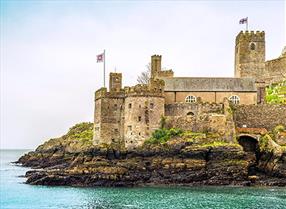
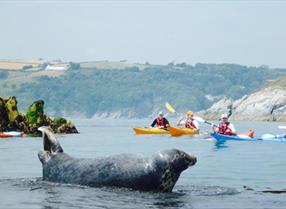



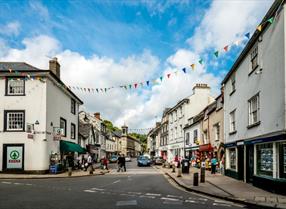





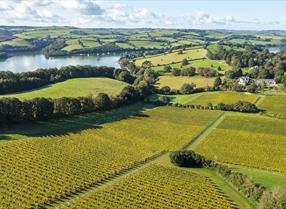
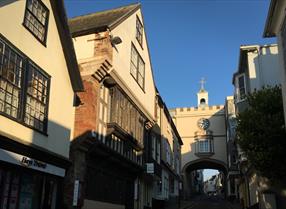
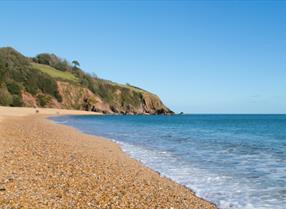
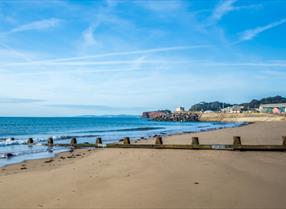





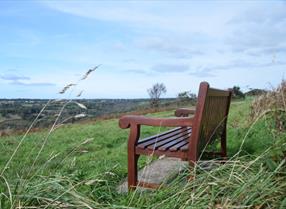
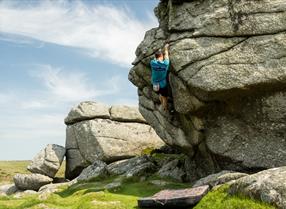
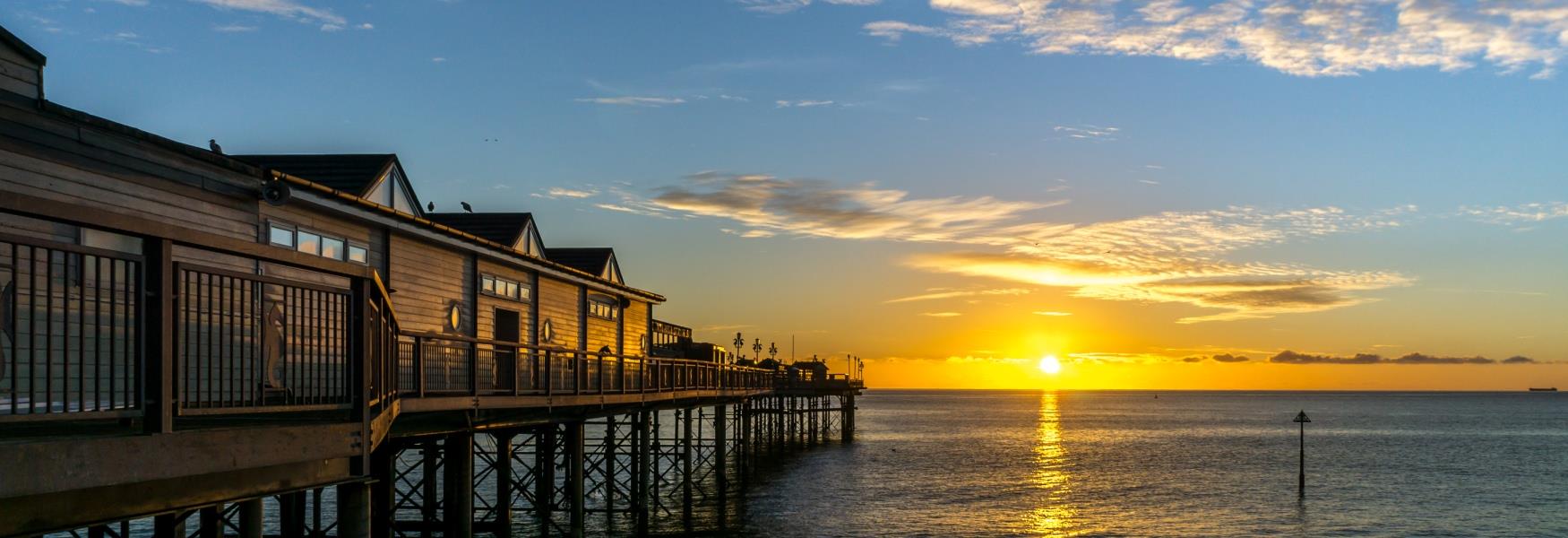

 to add an item to your Itinerary basket.
to add an item to your Itinerary basket.



